Boat Engine Cooling System Guide: Types & Maintenance
How Boat Engine Cooling Systems Work
Boat engines, unlike their automotive counterparts, operate in a unique and often challenging environment. The constant exposure to water, whether fresh or salt, necessitates specialized cooling systems to prevent overheating and ensure longevity. Understanding the fundamental mechanisms of these systems is crucial for any boat owner, as it directly impacts engine performance and reliability. The primary goal of any boat engine cooling system is to maintain an optimal operating temperature, preventing the engine from succumbing to the damaging effects of excessive heat.
Marine engines primarily utilize two distinct types of cooling systems: raw water cooling and enclosed (or freshwater) cooling systems. Each system has its own operational principles, advantages, and disadvantages, making them suitable for different types of vessels and operating conditions. The choice of cooling system significantly influences how the engine regulates temperature and its susceptibility to environmental factors.
Raw water cooling systems are the simpler of the two. They directly draw water from the surrounding environment (sea, lake, or river) to cool the engine. This water circulates through the engine's internal passages, absorbing heat, and is then discharged back into the environment, typically with the exhaust gases. While straightforward and cost-effective to implement, raw water systems expose the engine's internal components to the corrosive and abrasive elements present in the raw water, such as salt, minerals, and debris. This can lead to scaling and corrosion over time, particularly in saltwater environments, which can restrict water flow and cause overheating [1].
In contrast, enclosed cooling systems, often referred to as freshwater cooling systems, operate on a principle similar to a car's radiator. These systems use a closed loop of coolant (a mixture of fresh water and antifreeze) that circulates through the engine, absorbing its heat. This heated coolant then flows through a heat exchanger, where it transfers its heat to raw water drawn from the surrounding environment. The raw water, after absorbing the heat, is then discharged overboard, while the cooled freshwater coolant recirculates back into the engine. This separation of the engine's internal components from the raw water significantly reduces the risk of corrosion and mineral buildup, leading to extended engine life and more consistent operating temperatures [2].
The critical components of a boat engine cooling system, regardless of type, include the raw water intake (seacock), sea strainer, water pump (impeller), thermostat, heat exchanger (in enclosed systems), and various hoses and clamps. Each component plays a vital role in the cooling process. The seacock allows water to enter the hull, and the sea strainer filters out debris before it reaches the pump. The water pump, often equipped with a rubber impeller, circulates the water or coolant through the system. The thermostat regulates the engine's temperature by controlling the flow of coolant. Hoses and fittings are essential for maintaining a leak-free system, and their integrity is paramount for efficient cooling [1].
Heat exchange in marine engines is a continuous process. Coolant circulates through the engine's water jackets, absorbing heat generated during combustion. This heat is then dissipated, either directly into the raw water (in raw water systems) or indirectly via a heat exchanger to the raw water (in enclosed systems). Environmental factors such as water temperature and salinity can significantly impact cooling efficiency. Higher water temperatures reduce the cooling capacity, while increased salinity can accelerate corrosion and scaling in raw water systems. Maintaining proper coolant levels and preventing contamination are also crucial for optimal performance. Regular inspections and timely replacements of coolant and components are essential to ensure the cooling system functions effectively.
In summary, understanding the nuances of boat engine cooling systems, from their basic operation to the specific roles of their components, is vital for you as a boat owner. Regular maintenance, including checks for leaks, cleanliness of cooling water, and timely replacement of wear-and-tear parts like impellers and hoses, will ensure your engine runs efficiently and reliably, preventing costly damage from overheating. Advanced monitoring systems are also becoming more prevalent, offering real-time tracking of temperature and coolant levels for proactive management.
The Importance of Cooling Systems in Marine Engines
The cooling system is arguably one of the most critical components of a marine engine, serving as its primary defense against the destructive forces of excessive heat. Its fundamental role is to maintain the engine within its optimal operating temperature range, a narrow band where efficiency is maximized and wear is minimized. Without an effective cooling mechanism, the intense heat generated during combustion would quickly lead to catastrophic engine failure, including warped cylinder heads, blown gaskets, and permanent damage to internal components [3].
As previously discussed, marine engines primarily employ two types of cooling systems: raw water cooling and fresh water (enclosed) cooling. Raw water cooling, while simpler, directly exposes the engine's internal passages to the external water source. This method is common in smaller outboard and older inboard engines. Its main advantage lies in its simplicity and lower initial cost. However, the direct contact with raw water, especially saltwater, introduces significant risks of corrosion and mineral buildup, which can severely impede heat transfer and lead to overheating. In contrast, fresh water cooling systems utilize a closed loop of coolant, protecting the engine's vital components from direct exposure to corrosive elements. This system, prevalent in larger and more modern engines, offers superior corrosion protection, more stable operating temperatures, and ultimately, a longer engine lifespan [2].
The consequences of inadequate cooling extend far beyond immediate engine damage. An engine running too hot will experience reduced efficiency, leading to increased fuel consumption and diminished power output. Prolonged overheating can cause irreversible damage to pistons, rings, and bearings, necessitating costly repairs or even complete engine replacement. For instance, saltwater, when heated above 140°F (60°C), can deposit corrosive scale inside the engine, restricting water flow and accelerating wear [1]. The impact of water temperature and salinity on cooling efficiency is profound; warmer or saltier water reduces the cooling system's ability to dissipate heat effectively, making proper maintenance and system design even more critical in such environments.
Cooling systems do not operate in isolation; they interact closely with other engine systems, such as the oil lubrication system. An engine that runs at its optimal temperature ensures that the lubricating oil maintains its viscosity and protective properties, preventing premature wear of moving parts. Efficient cooling contributes to the overall health and performance of the engine, allowing it to operate reliably under varying marine conditions, from calm cruising to high-speed maneuvers. This integrated functionality underscores the importance of a well-maintained cooling system for the entire propulsion unit.
To ensure the longevity and reliability of your marine engine, diligent maintenance of the cooling system is paramount. This includes regular inspection and timely replacement of hoses, fittings, and coolant. Hoses, often made of reinforced rubber or silicone, should be checked for cracks, bulges, or softness, and clamps for corrosion. Coolant levels must be regularly monitored and topped up with the appropriate marine-grade mixture of water and antifreeze, which not only prevents freezing in cold climates but also inhibits corrosion within the closed system. The frequency of these checks and replacements depends on usage patterns and environmental conditions, but a proactive approach is always recommended [3].
Furthermore, advancements in marine technology have introduced sophisticated electronic monitoring systems that enhance cooling system functions. These systems provide real-time tracking of engine temperature, coolant levels, and flow rates, allowing you to proactively manage your cooling systems and address potential issues before they escalate. Such technologies contribute significantly to preventing unexpected breakdowns and ensuring a safer, more enjoyable boating experience.
Types of Boat Engine Cooling Systems
The diversity of marine environments and engine designs has led to the development of several distinct types of cooling systems, each tailored to specific operational needs and conditions. Understanding these variations is crucial for you as a boat owner to effectively maintain your vessel and ensure optimal engine performance. The primary distinction lies between systems that directly use external water for cooling and those that employ a closed loop of coolant.
Raw Water Cooling Systems
Raw water cooling systems, also known as open cooling systems, are the most straightforward and historically common type, particularly in smaller boats and older engines. These systems draw water directly from the surrounding body of water (sea, lake, or river) through a seacock and strainer. This raw water is then circulated through the engine block and exhaust manifolds by a water pump, absorbing heat generated during combustion. Finally, the heated raw water is discharged overboard, often mixed with the exhaust gases. The simplicity of this design translates to lower manufacturing costs and fewer components, making it a lighter and less complex system [2].
However, the direct exposure of engine internals to raw water presents significant challenges. In saltwater environments, the high salinity can lead to rapid corrosion and the buildup of mineral deposits (scaling) within the engine’s cooling passages. This scaling can restrict water flow, reduce cooling efficiency, and eventually lead to overheating and severe engine damage. Even in freshwater, debris, silt, and other contaminants can cause blockages and wear on internal components. Therefore, while suitable for certain applications, raw water systems demand vigilant maintenance, especially frequent flushing and inspection, to mitigate these risks [1].
Closed-Loop Cooling Systems
Closed-loop cooling systems, often referred to as freshwater cooling or heat exchanger systems, offer a more sophisticated and protective approach to engine cooling. These systems employ two separate circuits: an internal closed circuit and an external raw water circuit. The internal circuit contains a mixture of fresh water and antifreeze (coolant) that circulates through the engine block and cylinder heads, absorbing heat. This heated coolant then flows to a heat exchanger, which acts much like a car’s radiator [2].
In the heat exchanger, the internal coolant transfers its heat to raw water, which is drawn from the external environment by a separate raw water pump. The raw water flows through tubes within the heat exchanger, absorbing heat from the coolant without directly mixing with it. The now-heated raw water is then discharged overboard, while the cooled internal coolant returns to the engine to repeat the cycle. This design effectively isolates the engine’s internal components from the corrosive and abrasive effects of raw water, significantly extending engine life and reducing maintenance requirements related to corrosion and scaling. Closed-loop systems are the preferred choice for larger inboard engines, newer stern drives, and high-performance applications where engine longevity and consistent operating temperatures are paramount [2].
Keel Cooling Systems
Another type of closed-loop system, less common but highly effective in specific scenarios, is the keel cooling system. Instead of a heat exchanger, keel cooling systems integrate a network of pipes directly into the boat’s hull, typically along the keel. The internal engine coolant circulates through these pipes, transferring heat directly to the surrounding water through the hull material. This system is particularly advantageous in very shallow or debris-laden waters where traditional raw water intakes and heat exchangers might be prone to clogging or damage. Keel cooling eliminates the need for a raw water pump, strainer, and heat exchanger, simplifying the system and reducing maintenance. However, it requires a larger surface area for heat transfer and is generally more suited for displacement hulls or vessels operating in cleaner, calmer waters [4].
Hybrid Cooling Systems
Some modern marine engines utilize hybrid cooling systems, which combine elements of both raw water and closed-loop designs. In these configurations, the engine block might use closed cooling for maximum protection, while components like the exhaust manifolds might still be cooled by raw water. This approach aims to balance the superior protection of closed systems for critical engine parts with the simplicity and cost-effectiveness of raw water cooling for less vulnerable areas. While offering a compromise, hybrid systems still require attention to the maintenance needs of both raw water and closed circuits [2].
Regardless of the cooling system type, the integrity of hoses and fittings is paramount for a leak-free and efficient operation. Marine-grade hoses, often made of reinforced rubber or silicone, are designed to withstand the harsh marine environment and resist degradation from heat, chemicals, and saltwater. Regular inspection for cracks, bulges, softness, or signs of leakage is essential. Clamps should be checked for corrosion and tightness. Manufacturers typically recommend replacing hoses every 5-7 years, regardless of their apparent condition, as internal degradation may not be visible. Proactive replacement of these components is a simple yet critical step in preventing cooling system failures and ensuring reliable engine performance [3].
Key Components of Boat Engine Cooling Systems
Regardless of the specific cooling system design—be it raw water, closed-loop, or a hybrid—a marine engine’s cooling efficiency hinges on the coordinated function of several essential components. Understanding the role of each part is fundamental to effective maintenance and troubleshooting, ensuring the engine operates reliably and avoids the detrimental effects of overheating.
Raw Water Intake System
The journey of cooling water typically begins with the raw water intake system. This system, comprising a through-hull fitting (seacock) and a sea strainer, is responsible for drawing water from the surrounding environment into the engine’s cooling circuit. The seacock acts as a shut-off valve, allowing the flow of water to be controlled, which is crucial for maintenance or in case of a leak. The sea strainer, positioned inline after the seacock, is a vital filter designed to prevent debris such as seaweed, sand, and other foreign particles from entering and potentially damaging the delicate components of the cooling system, particularly the water pump. Regular inspection and cleaning of the strainer basket are paramount, especially when operating in turbid or debris-rich waters, as a clogged strainer can severely restrict water flow and lead to overheating [1]. The efficiency of this intake system is directly influenced by environmental factors; for instance, colder water offers greater cooling capacity, while warmer or heavily sedimented water can reduce efficiency and increase the risk of blockages.
Water Pump
The water pump is the heart of the cooling system, responsible for circulating water or coolant throughout the engine. In raw water systems, this is typically an impeller pump, often located in the lower unit of outboard motors or belt-driven in inboard engines. The impeller, a flexible rubber component with vanes, draws in raw water and forces it through the cooling passages. In closed-loop systems, a separate engine-driven pump circulates the internal coolant, while another raw water pump (often an impeller pump) circulates water through the heat exchanger. The impeller is a wear item and is highly susceptible to damage from debris or dry running. Its degradation can lead to a significant reduction in water flow, making regular inspection and annual replacement a critical maintenance task to prevent overheating [3].
Engine Heat Exchanger
Exclusive to closed-loop cooling systems, the engine heat exchanger serves as the crucial interface between the internal freshwater coolant circuit and the external raw water circuit. Functioning much like a car’s radiator, it facilitates the transfer of heat from the hot engine coolant to the cooler raw water without the two fluids mixing. The heat exchanger typically consists of a series of tubes through which the raw water flows, surrounded by the engine coolant. As the hot coolant passes over these tubes, heat is transferred to the raw water, which is then discharged overboard. The efficiency of the heat exchanger is vital for maintaining optimal engine temperatures. Modern heat exchangers often incorporate advanced filtration systems to ensure the raw water remains clean, preventing fouling and maintaining optimal heat transfer capabilities. Regular cleaning and inspection of the heat exchanger, including checking for zinc anode depletion (which protects against electrolysis), are essential for its longevity and performance [2].
Thermostat
The thermostat plays a critical role in regulating the engine’s operating temperature, ensuring it reaches and maintains its optimal thermal range. Located within the cooling system, the thermostat is a temperature-sensitive valve that controls the flow of coolant. When the engine is cold, the thermostat remains closed, restricting coolant flow to allow the engine to warm up quickly. As the engine reaches its ideal operating temperature, the thermostat opens, allowing coolant to circulate freely and dissipate heat. A malfunctioning thermostat, whether stuck open (leading to an engine running too cold and inefficiently) or stuck closed (causing rapid overheating), can severely impact engine performance and longevity. Its proper function is particularly important in varying local water temperatures, as it adapts the cooling process to maintain consistent engine thermal conditions [3].
Cooling Jacket and Hoses
The cooling jacket refers to the passages and spaces within the engine block and cylinder head through which the coolant or raw water circulates, absorbing heat directly from the engine components. The design of these passages is crucial for efficient heat transfer. Connecting these components and facilitating the flow of fluids are various hoses and fittings. These hoses, made from marine-grade materials like reinforced rubber or silicone, are designed to withstand high temperatures, pressure, and the corrosive marine environment. They are secured with clamps, often double-clamped below the waterline for added security. The integrity of these hoses and fittings is paramount for maintaining a leak-free system. Regular inspections for cracks, bulges, softness, or signs of leakage, along with timely replacement, are essential to prevent cooling system failures. The choice of materials for hoses and fittings directly impacts the system’s reliability and resistance to the harsh marine environment [1].
Engine Coolant Mixture
In closed-loop systems, the proper mixture of water and antifreeze (coolant) is critical. This mixture not only provides freeze protection in colder climates but also contains corrosion inhibitors that protect the internal components of the engine and cooling system from rust and electrolysis. The recommended ratio, typically 50/50 water to antifreeze, should be strictly adhered to as per the engine manufacturer’s specifications. Regular checks of the coolant level and its condition, along with periodic replacement, are vital to ensure its effectiveness in preventing corrosion and maintaining optimal heat transfer properties. Contaminated or degraded coolant can lead to significant issues, including reduced cooling efficiency and accelerated internal corrosion [2].
Each of these components, from the initial raw water intake to the final discharge, works in concert to maintain the marine engine at its optimal operating temperature. Proactive maintenance, including routine inspections, cleaning, and timely replacement of wear-and-tear parts, is the most effective strategy for ensuring the reliability and longevity of your boat’s engine cooling system. Neglecting any one of these elements can compromise the entire system, leading to costly repairs and unexpected breakdowns on the water.
Essential Maintenance Practices for Boat Engine Cooling Systems
Maintaining a boat engine’s cooling system in optimal condition is not merely a recommendation; it is a critical imperative for ensuring the longevity, reliability, and efficient operation of the marine engine. Neglecting routine maintenance can lead to a cascade of problems, from minor inefficiencies to catastrophic engine failure. A proactive approach, encompassing regular inspections, timely replacements, and adherence to manufacturer guidelines, is the cornerstone of a healthy cooling system.
Regular Inspections and Checks
The foundation of effective cooling system maintenance lies in consistent and thorough inspections. Before each boating season, and ideally after any prolonged period of inactivity, a comprehensive visual check of all cooling system components is essential. This includes examining hoses for any signs of cracking, bulging, softness, or chafing. Clamps should be checked for corrosion and tightness, ensuring they provide a secure, leak-free seal. The heat exchanger (in enclosed systems) should be inspected for external damage or signs of leakage. The raw water strainer, if present, must be checked for blockages and cleaned regularly, as accumulated debris can severely impede water flow and lead to overheating. Pay close attention to any unusual smells, sounds, or visible leaks, as these can be early indicators of impending problems [3].
Flushing the Cooling System
Flushing the cooling system is a vital maintenance practice, particularly for raw water systems or those operating in saltwater environments. This process helps remove accumulated salt, mineral deposits, and debris that can restrict water flow and accelerate corrosion. A detailed step-by-step guide for flushing typically involves: first, draining the old coolant (if applicable) or raw water from the system. Next, attach a hose to the engine block or a designated flushing port. Introduce a suitable flushing solution, which can range from fresh water to specialized descaling agents, allowing it to circulate through the system to dislodge deposits. It is crucial to follow the product instructions for dwell times. After flushing, thoroughly rinse the system with fresh water until all traces of the flushing solution and dislodged debris are gone. Finally, refill the system with the appropriate coolant mixture or ensure raw water flow is unobstructed. Confirming that the system is clear and functioning properly post-flush is essential to prevent immediate issues [1].
Coolant Level and Condition Monitoring
For closed-loop cooling systems, maintaining the correct coolant level and ensuring its quality are paramount. Regularly check the coolant reservoir to ensure the level is between the minimum and maximum marks when the engine is cold. The type of coolant used is critical; always refer to your engine’s specifications for the appropriate ethylene glycol or propylene glycol-based coolant. Beyond just the level, the condition of the coolant is equally important. Over time, coolant can degrade, losing its corrosion-inhibiting properties and becoming less effective at heat transfer. A visual inspection for discoloration, cloudiness, or the presence of oil or debris can indicate contamination or degradation. Coolant should be replaced according to the manufacturer’s recommended intervals, typically every 2-5 years, to ensure optimal performance and protection against corrosion. A sudden drop in coolant levels or frequent need for topping up can indicate a leak within the system that requires immediate attention [2].
Monitoring Engine Temperature and Troubleshooting Overheating
Constant vigilance over engine temperature is a non-negotiable aspect of marine engine operation. Most modern engines are equipped with temperature gauges and alarms that alert you to overheating conditions. Common signs of overheating include a rising temperature gauge, steam emanating from the engine compartment, a burning smell, or a reduction in engine performance. If overheating is detected, immediate action is required: reduce engine speed, check for raw water discharge from the exhaust, and if the temperature continues to rise, shut down the engine to prevent severe damage. Troubleshooting steps typically involve checking the raw water intake for blockages, inspecting the impeller for damage, verifying thermostat function, and checking for leaks in hoses or the heat exchanger. Preventive measures include ensuring adequate water flow, proper coolant levels, and regular maintenance of all cooling system components [3].
Raw Water Strainer Inspection and Replacement
The raw water strainer is the first line of defense against debris entering the cooling system. Its effectiveness directly impacts the efficiency of the entire system. Regular inspection and cleaning of the strainer basket are crucial. The frequency depends on the operating environment; in clear waters, it might be weekly, while in debris-laden areas, it could be daily or even hourly. To clean, simply close the seacock, open the strainer housing, remove and clean the basket, and then reassemble, ensuring a tight seal before reopening the seacock. The strainer housing itself should also be inspected for cracks or leaks. Timely cleaning ensures optimal water flow and prevents blockages that can lead to overheating [1].
Routine Water Pump Maintenance and Impeller Replacement
The water pump, particularly its impeller, is a critical wear item that requires routine attention. The impeller, typically made of rubber, degrades over time due to heat, friction, and exposure to chemicals and debris. Signs of a failing impeller include reduced water flow from the exhaust, rising engine temperatures, or visible cracks or missing vanes upon inspection. Manufacturers generally recommend annual replacement of the impeller, regardless of its apparent condition, as a proactive measure. This is especially true for engines that are used frequently or in challenging conditions. When replacing the impeller, also inspect the pump housing for wear or scoring and replace gaskets to ensure a proper seal. Keeping a spare impeller on board is a wise precaution for any boater [3].
Heat Exchanger Deep Cleaning and Anode Replacement
For closed-loop systems, a yearly deep cleaning of the heat exchanger is essential to maintain its heat transfer efficiency. Over time, marine growth, sediment, and scale can accumulate on the raw water side of the heat exchanger, reducing its ability to cool the internal coolant. This process typically involves removing the end caps, inspecting the tube bundle, and physically cleaning out any blockages or deposits. Simultaneously, the zinc anode (or magnesium/aluminum anode in freshwater) within the heat exchanger should be inspected. Anodes are sacrificial metals designed to corrode instead of the heat exchanger components, protecting them from galvanic corrosion. If the anode appears less than 50% intact, or shows significant signs of wear such as pitting or physical degradation, it should be replaced. Proactive anode replacement, often annually, is crucial for preventing costly damage to the heat exchanger and ensuring the longevity of the cooling system [2].
By diligently adhering to these essential maintenance practices, you can significantly enhance the reliability and lifespan of your marine engines. Regular attention to the cooling system not only prevents costly repairs but also ensures a safer and more enjoyable experience on the water.
Routine Maintenance Tasks
Effective maintenance of a boat engine’s cooling system is a continuous process, involving a series of routine tasks that, when performed diligently, ensure optimal performance and prevent unexpected issues. These tasks are designed to address the wear and tear that naturally occurs in a marine environment and to proactively mitigate risks.
Regularly Check and Replace Engine Coolant: For engines with closed-loop cooling systems, the coolant is the lifeblood of the system. It’s crucial to regularly check the coolant level in the expansion tank and top it up as needed. More importantly, the coolant itself has a lifespan. Over time, its corrosion inhibitors deplete, and its ability to transfer heat can diminish. Manufacturers specify the type of coolant (e.g., ethylene glycol or propylene glycol) and the recommended replacement intervals, typically every 2-5 years. Adhering to these guidelines ensures that the engine is protected from corrosion and maintains efficient heat transfer. A visual inspection for clarity and color can also indicate its condition; discolored or cloudy coolant suggests contamination and warrants immediate replacement [2].
Inspect Coolant Hoses for Wear and Damage: Hoses are flexible conduits that carry coolant or raw water throughout the system. They are constantly exposed to heat, pressure, and vibrations, which can lead to degradation over time. Routine inspection should involve a thorough visual check for cracks, bulges, soft spots, or hardening. Pay particular attention to areas near clamps or where hoses might rub against other engine components. Any signs of deterioration necessitate prompt replacement, as a burst hose can lead to rapid coolant loss and severe engine overheating. Ensure that replacement hoses are marine-grade and of the correct diameter and length, and that clamps are secure and free from corrosion [1].
Perform a Deep Cleaning of the Heat Exchanger or Radiator Annually: For closed-loop systems, the heat exchanger is a critical component that facilitates heat transfer. Over time, sediment, marine growth, and scale can accumulate on the raw water side, reducing its efficiency. An annual deep cleaning involves disassembling the heat exchanger, physically cleaning the tubes, and inspecting for any damage or corrosion. This is also the opportune time to replace the zinc anode (or other sacrificial anode) within the heat exchanger. Anodes are designed to corrode preferentially, protecting more valuable metal components from galvanic corrosion. If the anode is less than 50% intact or shows significant pitting, it should be replaced. This proactive measure prevents costly damage to the heat exchanger itself [2].
Test the Thermostat’s Functionality: The thermostat is a small but vital component that regulates engine temperature. A malfunctioning thermostat can cause the engine to run too cold (reducing efficiency) or, more dangerously, too hot (leading to overheating). While some thermostats can be tested by observing their opening in hot water, it’s often more practical to replace them periodically, typically every 2-3 years, as a preventive measure. If the engine consistently runs outside its optimal temperature range, the thermostat should be the first component to suspect and inspect [3].
Follow a Detailed Step-by-Step Process to Flush the Cooling System Annually: Flushing is particularly important for raw water systems to remove salt and mineral deposits. The process involves draining the system, introducing a flushing solution (fresh water for routine flushing, or a descaling agent for heavy buildup), allowing it to circulate, and then thoroughly rinsing the system. Ensure all old fluid and debris are completely removed before refilling. This annual ritual helps maintain clear passages and prevents the accumulation of corrosive elements that can lead to blockages and reduced cooling efficiency [1].
By incorporating these routine maintenance tasks into your boating schedule, you can significantly extend the life of your marine engine’s cooling system, ensure reliable operation, and avoid the inconvenience and expense of unexpected breakdowns on the water.
Conclusion
Understanding and diligently maintaining your boat engine’s cooling system is not just a technical task; it’s an investment in the longevity, reliability, and safety of your marine vessel. From the fundamental principles of raw water versus closed-loop systems to the intricate functions of impellers, heat exchangers, and thermostats, each component plays a vital role in preventing the costly and potentially dangerous consequences of overheating. By embracing a proactive maintenance regimen—including regular inspections, timely component replacements, and adherence to manufacturer guidelines—you can significantly mitigate risks and ensure your engines operate at peak efficiency for years to come. A well-maintained cooling system translates directly into more enjoyable, worry-free hours on the water, allowing you to focus on the journey rather than unexpected mechanical issues. Prioritize your cooling system’s health, and your marine engine will reward you with consistent, reliable performance.
Ask an Expert
Should you have further questions or require assistance with your marine engine’s cooling system, please do not hesitate to contact our experts at info@jlm-marine.com. We are here to help you navigate the complexities of marine maintenance and ensure your boating experience is as smooth as possible.
 References
References
[1] Discover Boating. Engine Cooling Systems Explained. Available at:https://www.discoverboating.com/resources/engine-cooling-systems-explained
[2] JLM MARINE. Understanding Marine Engine Cooling Systems: A Complete Guide. Available at: https://jlmmarine.com/blogs/outboard-101/understanding-marine-engine-cooling-systems-a-complete-guide
[3] Parts4Engines. The Ultimate Guide to Engine Cooling. Available at: https://parts4engines.com/blogs/guides/the-ultimate-guide-to-engine-cooling-keep-your-boat-running-smoothly
[4] Safe Skipper. Boat engine cooling systems. Available at: https://www.safe-skipper.com/boat-engine-cooling-systems/
Hi—I’m Jim Walker
I grew up in a Florida boatyard, earning pocket money (and a few scars) by rebuilding outboard carbs before I could drive. That hands-on habit carried me through a Ph.D. in mechanical engineering, where I studied how salt water quietly murders metal.
I spent ten years designing cooling systems for high-horsepower outboards, then joined JLM Marine as CTO. We bench-test every new part in the lab, but I still bolt early prototypes onto my own 23-foot skiff for a weekend shake-down— nothing beats real wake and spray for finding weak spots.
Here on the blog I share the fixes and shortcuts I’ve learned so your engine—and your day on the water—run smooth.

About JLM Marine
Founded in 2002, JLM Marine has established itself as a dedicated manufacturer of high-quality marine parts, based in China. Our commitment to excellence in manufacturing has earned us the trust of top marine brands globally.
As a direct supplier, we bypass intermediaries, which allows us to offer competitive prices without compromising on quality. This approach not only supports cost-efficiency but also ensures that our customers receive the best value directly from the source.
We are excited to expand our reach through retail channels, bringing our expertise and commitment to quality directly to boat owners and enthusiasts worldwide.

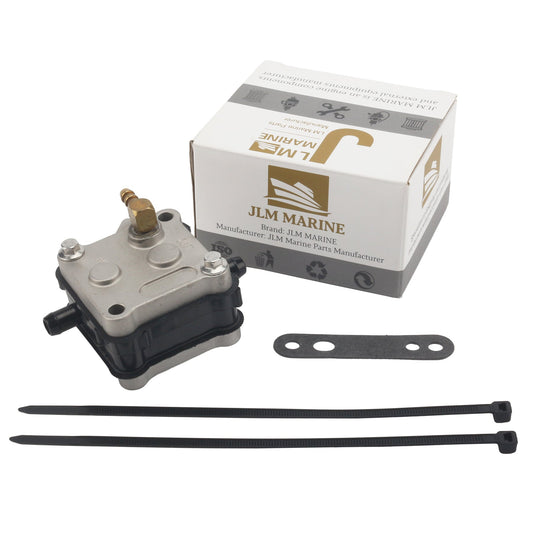
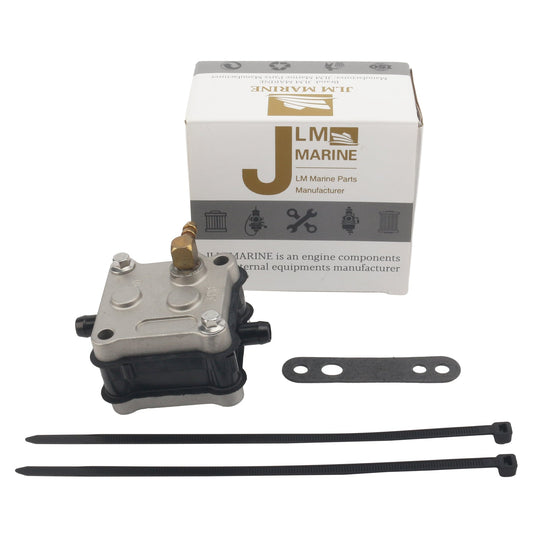
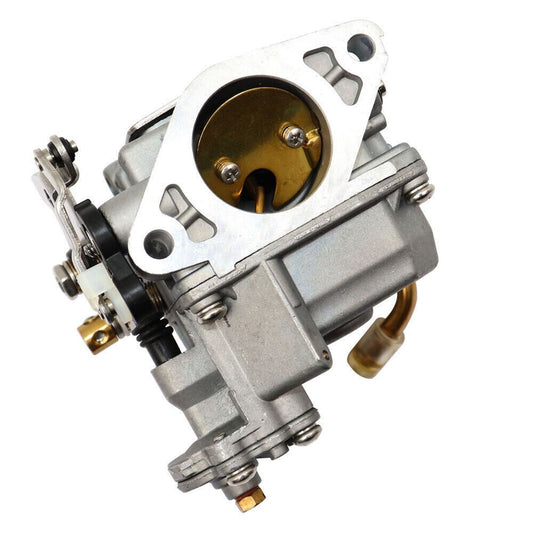
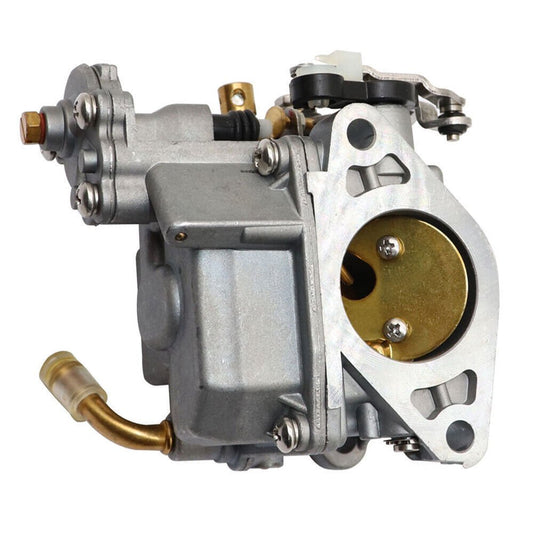
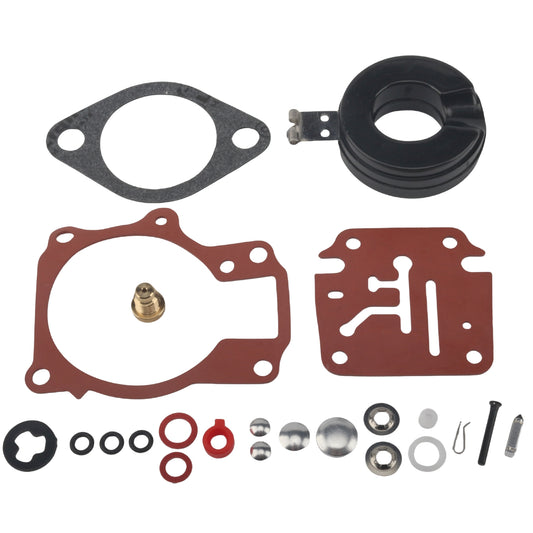
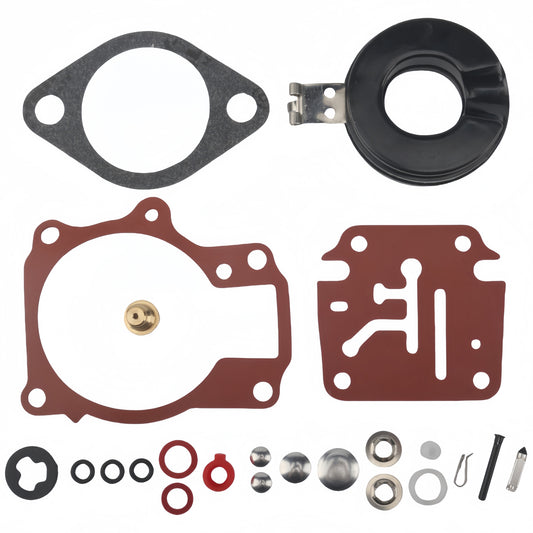
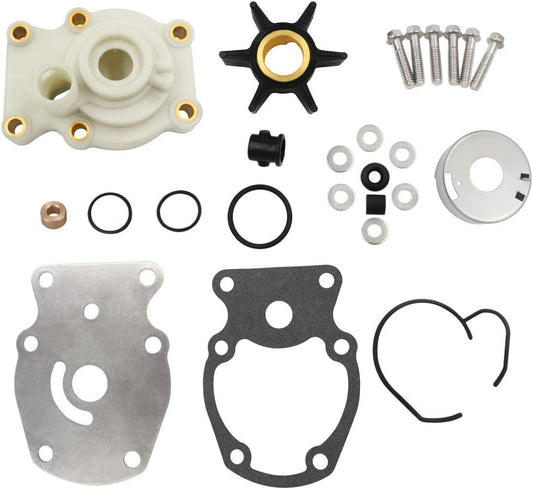
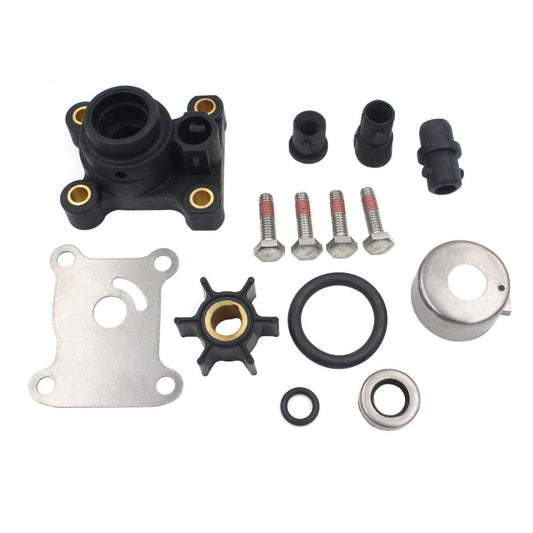
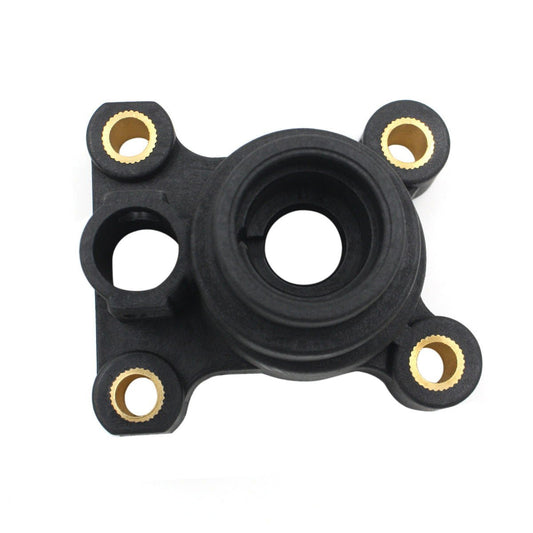
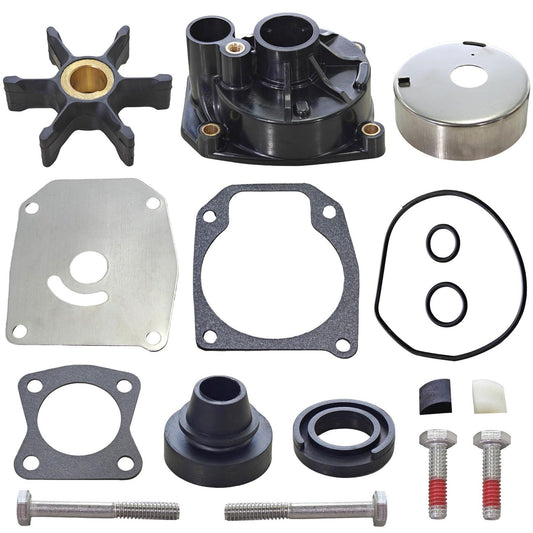
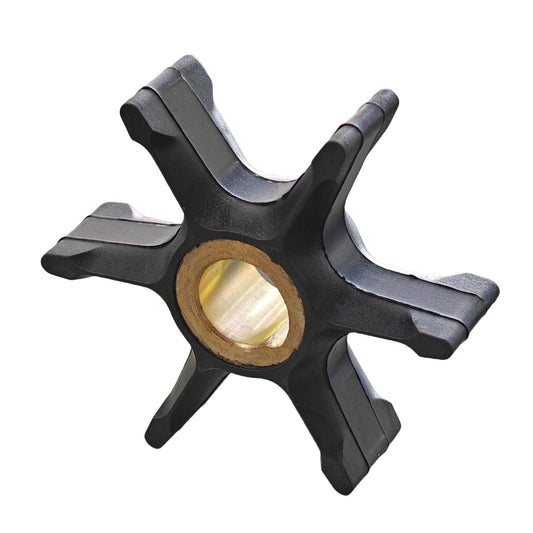
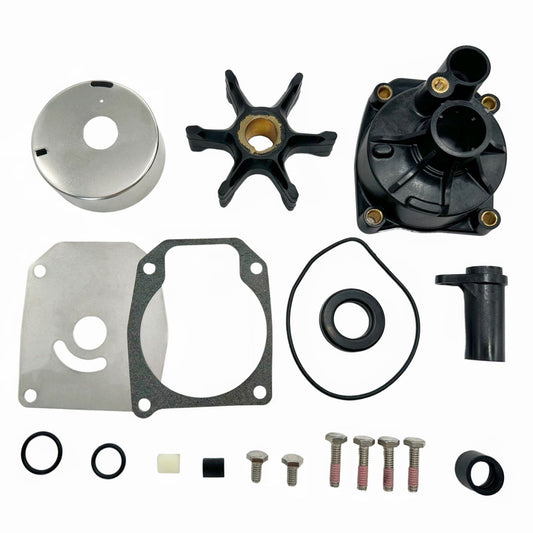
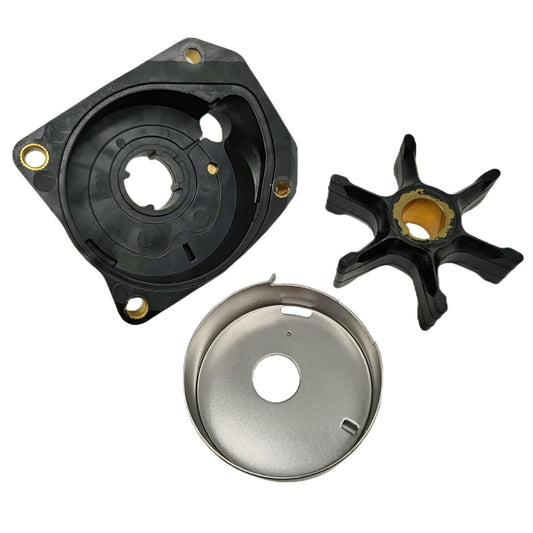
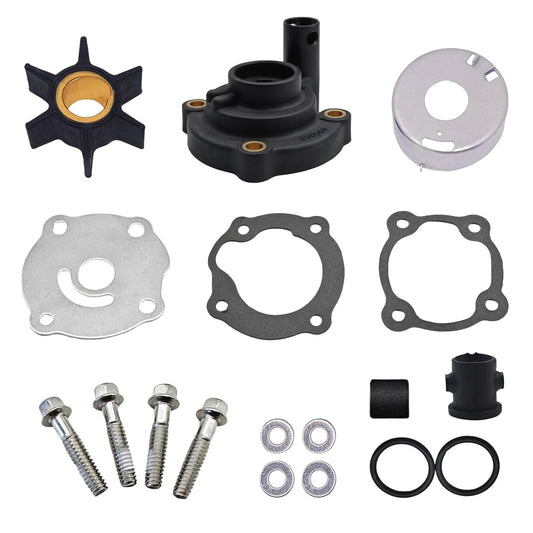
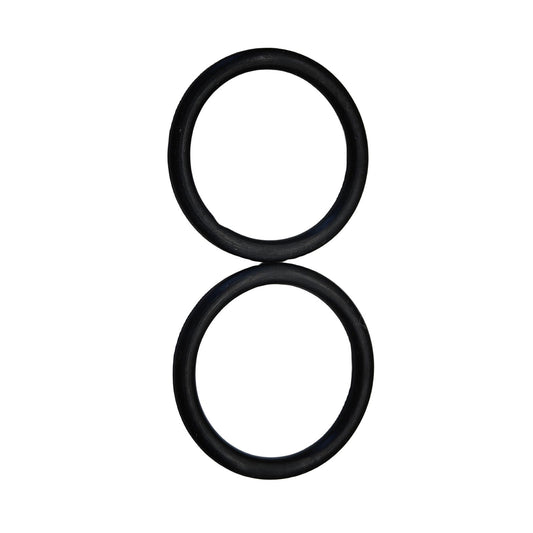

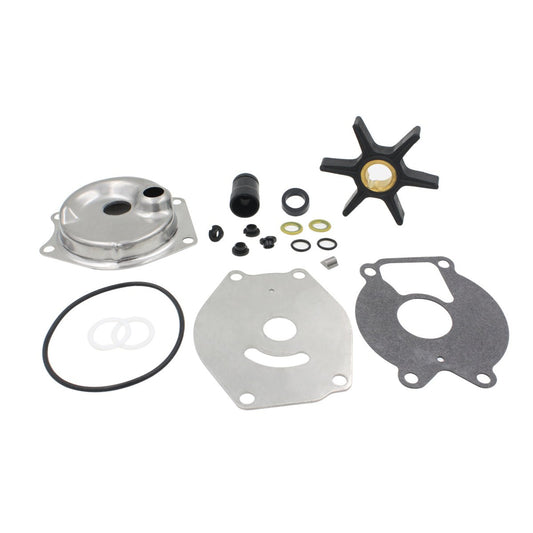
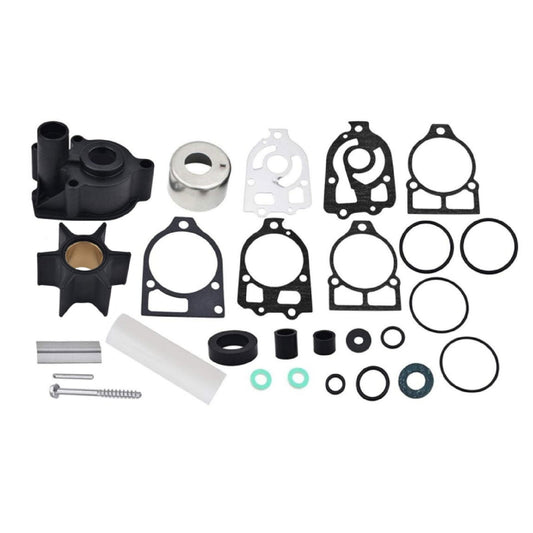
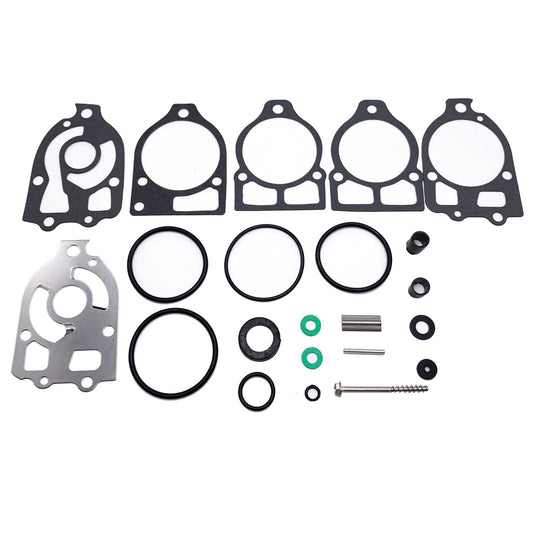
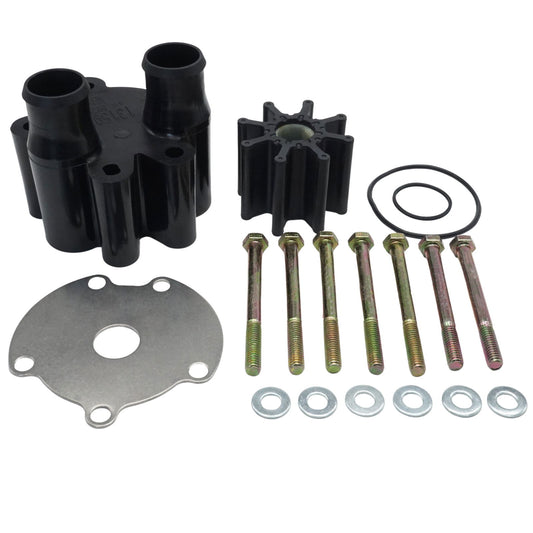
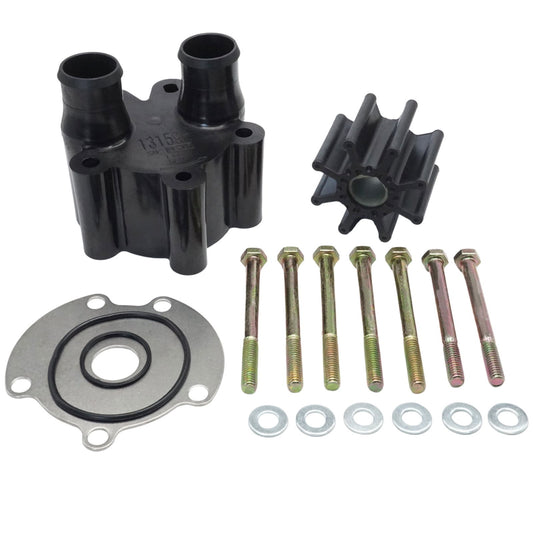
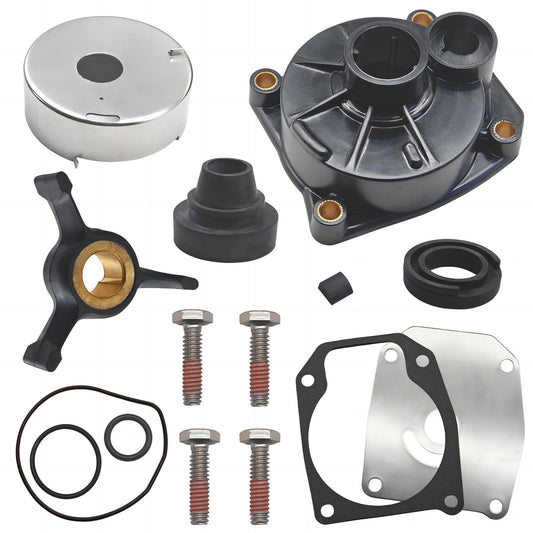
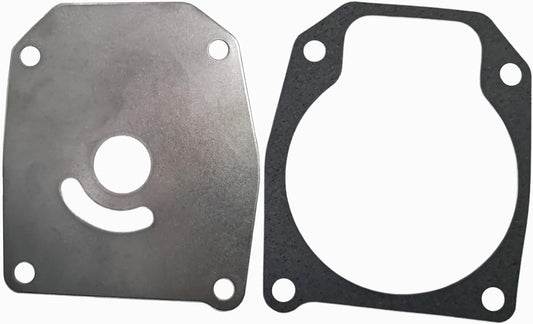
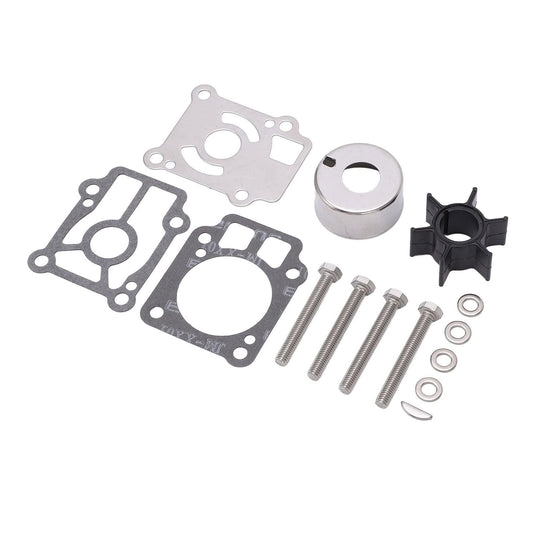
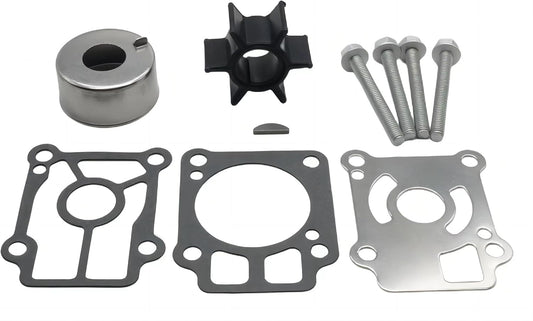
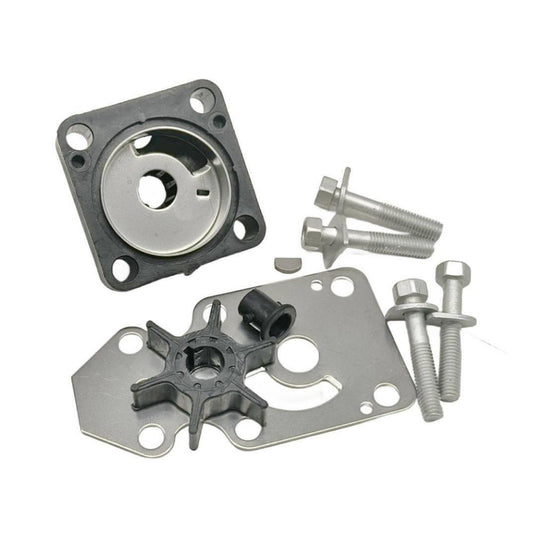
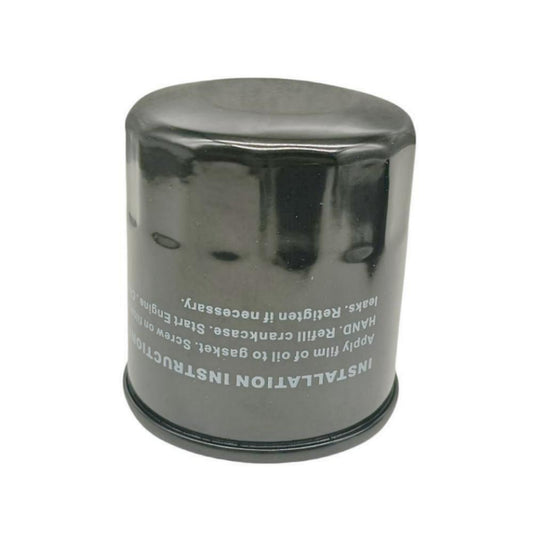
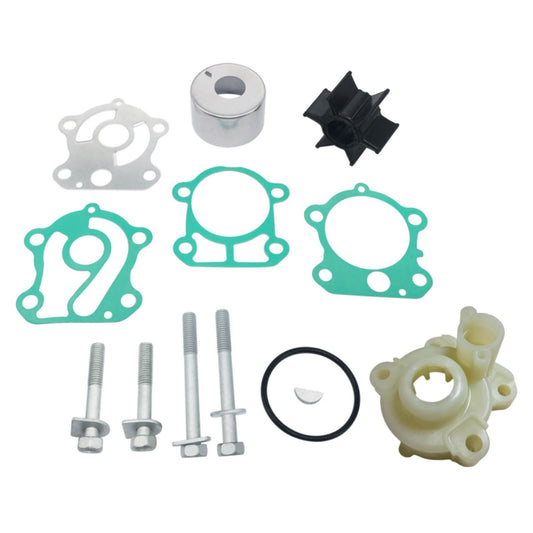
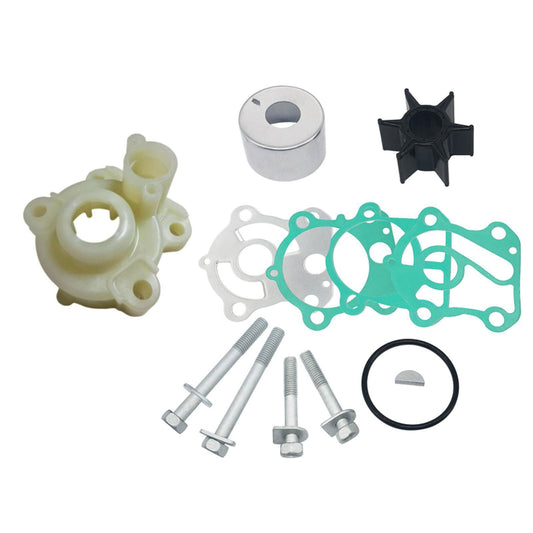




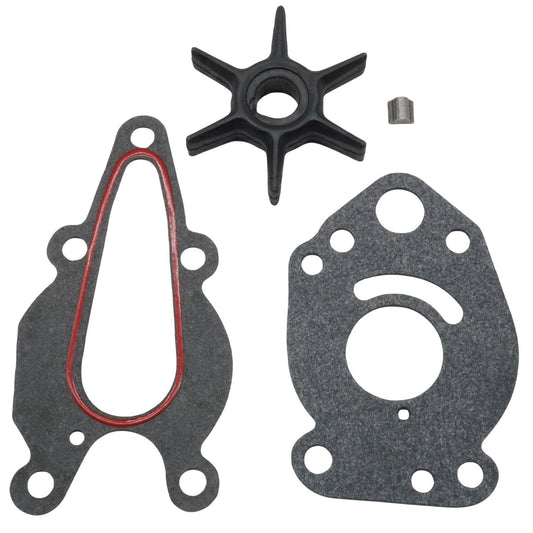

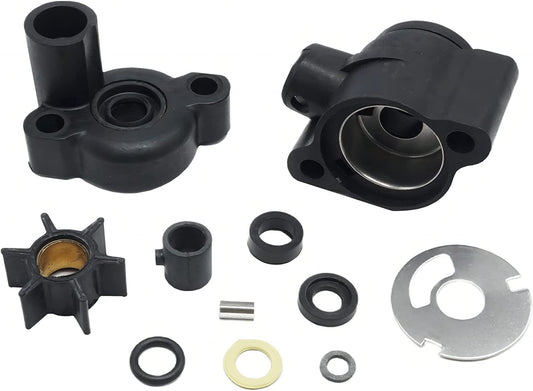
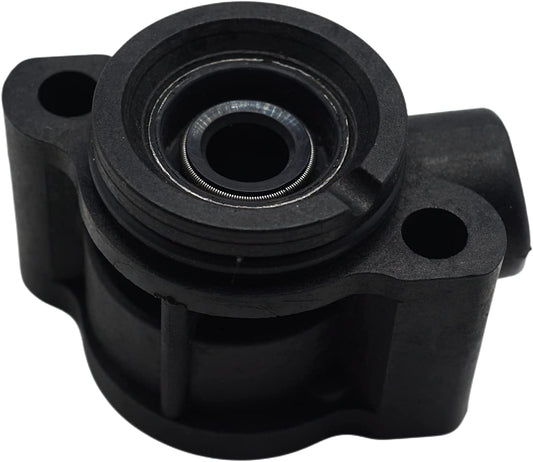
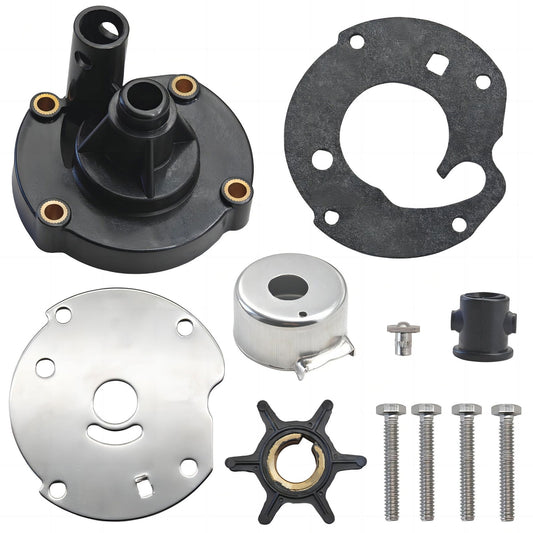
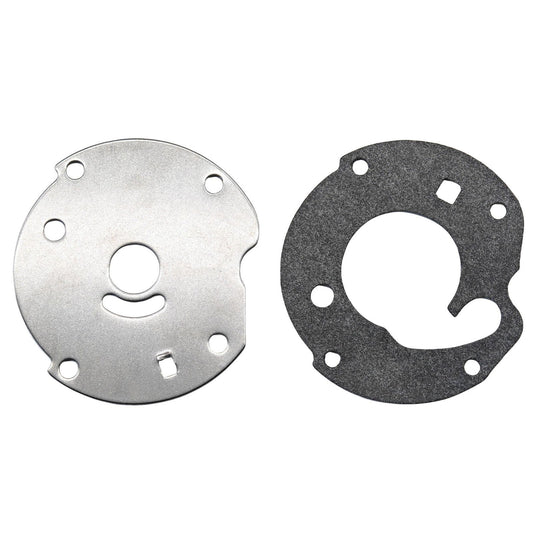

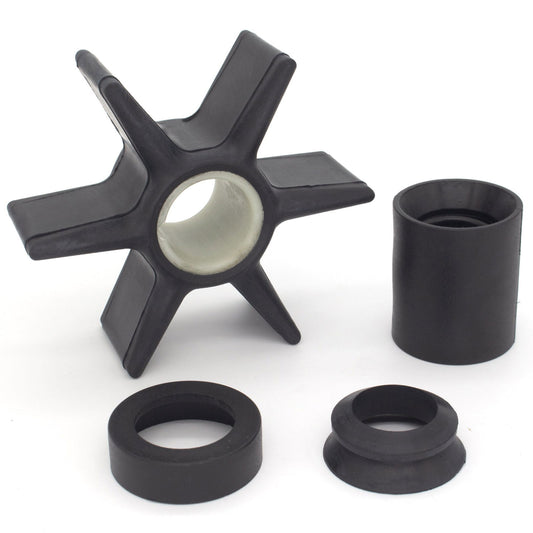
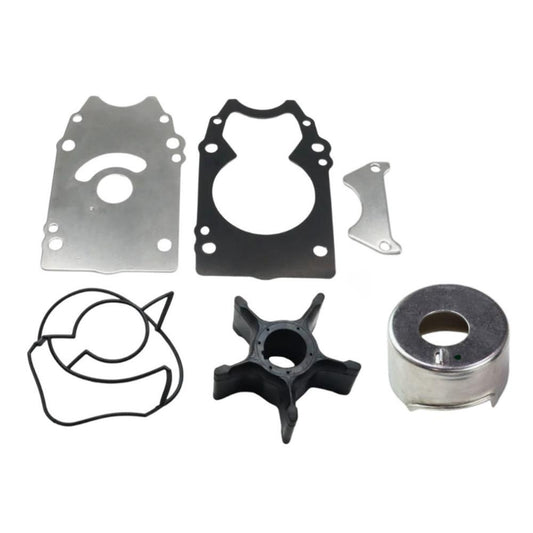
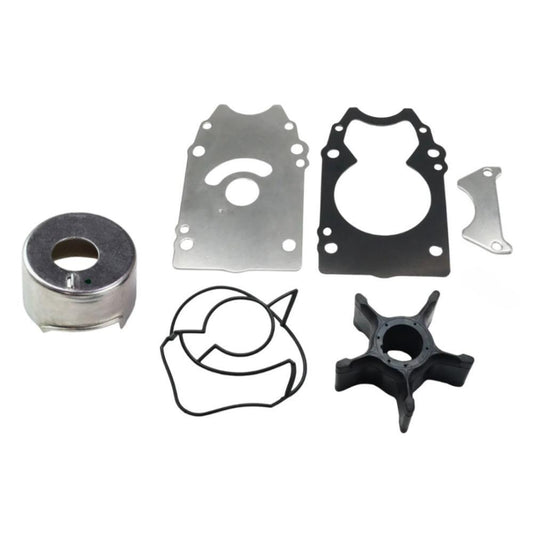


Leave a comment
Please note, comments need to be approved before they are published.